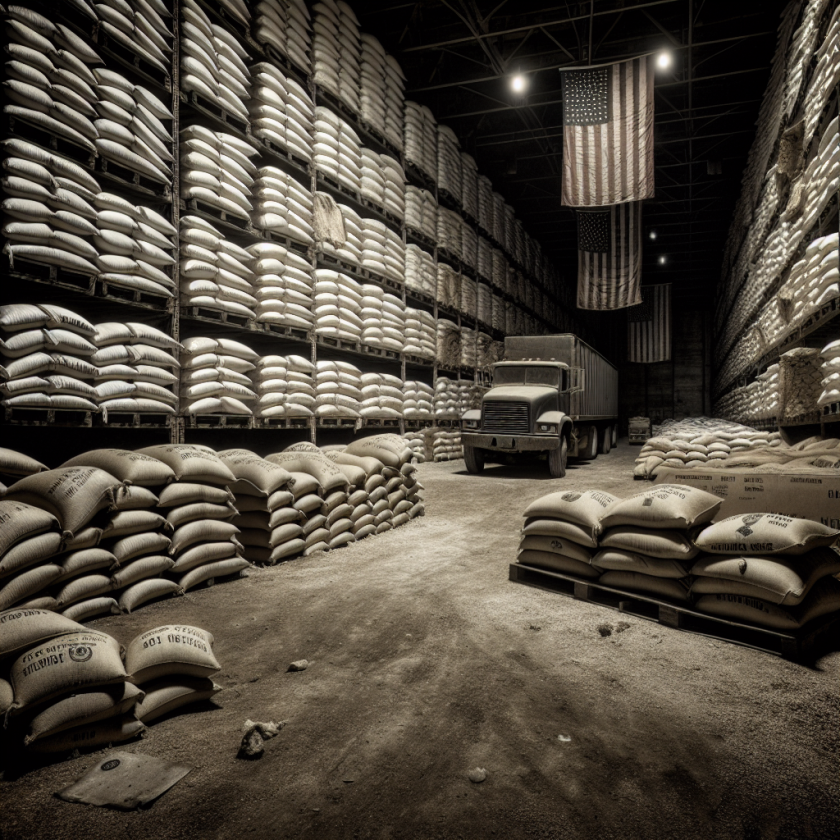Understanding Trump’s Tariffs on Canada and Mexico
Understanding Trump’s Tariffs on Canada and Mexico
Background
In recent years, the Trump administration imposed tariffs on Canada and Mexico, aiming to protect American industries and reduce trade deficits. These tariffs primarily targeted steel and aluminum imports, sparking significant economic and political discussions.
Key Objectives
- Protect Domestic Industries: The tariffs were designed to shield U.S. manufacturers from foreign competition.
- Reduce Trade Deficits: By imposing tariffs, the administration sought to balance trade with Canada and Mexico.
- Leverage in Trade Negotiations: The tariffs served as a bargaining tool in renegotiating trade agreements like NAFTA.
Economic Impact
The tariffs led to mixed economic outcomes. While some U.S. industries benefited from reduced competition, others faced increased costs due to retaliatory tariffs and higher prices for imported materials.
Political Reactions
Both Canada and Mexico responded with their own tariffs, affecting various U.S. exports. The tariffs also strained diplomatic relations, prompting calls for resolution through trade negotiations.
Conclusion
Trump’s tariffs on Canada and Mexico were a strategic move to bolster U.S. industries and renegotiate trade terms. While they achieved some objectives, they also led to economic and political challenges, highlighting the complexities of international trade policies.







































